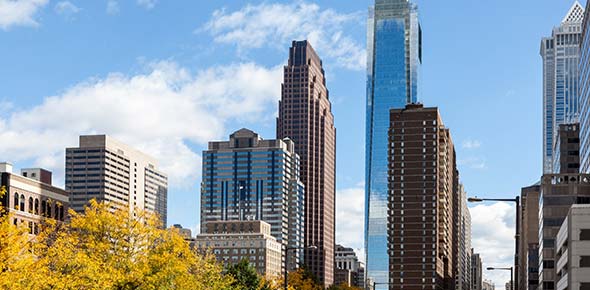Pac801 Spring 2010 Practice Quiz For Test #3 On March 26.
- PAC
Submit
2.
You may optionally provide this to label your report, leaderboard, or certificate.
Submit
Submit
Submit
Submit
Submit
Submit
×
Thank you for your feedback!
















